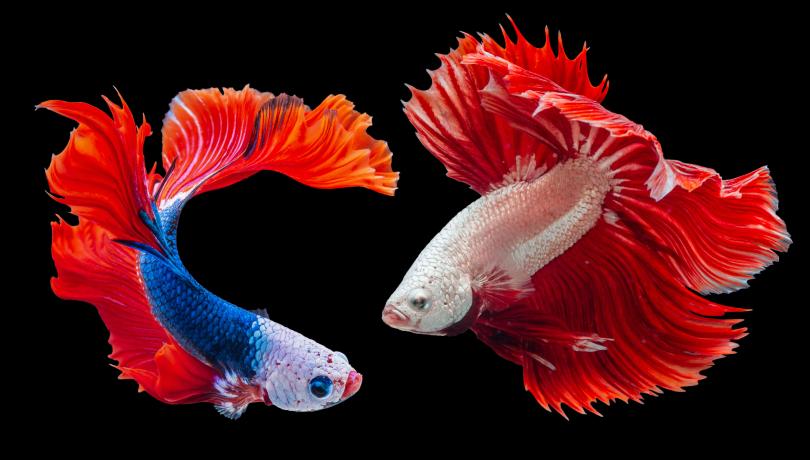The work, recently published in the journal Genes, provides the keys to understanding how humans have been able to self-domesticate since Neanderthal times.

Anatomically modern humans present morphological characteristics such as a reduction in the volume of the skull, a flattening of the face and smaller teeth that, curiously, are also observed in other animals, mainly mammals, as a result of domestication processes.
This underpins what is known as the human self-domestication hypothesis, which argues that, like domesticated mammals, humans have undergone a self-induced process of selection against aggression, making them less aggressive at the individual level.
Some of the changes that occur during domestication processes are epigenetic, such as DNA methylation. These, unlike genetic changes, i.e. mutations, affect gene expression without affecting the DNA sequence, and may facilitate early self-domestication in humans, as they are the first to be observed when the environment is changed, just as it occurs during the domestication process in animals.
A study carried out by the Institut de Ciències del Mar (ICM-CSIC), the Plant and Food Institute of New Zealand and the University of Seville published recently in the journal Genes has revealed that the genes involved in epigenetic changes in fish during domestication, including changes in facial morphology or pigmentation, are the same as in humans, which may help to understand the latter's self-domestication.
"This coincidence is not random, but highly significant. The genes involved in these changes coincide in the case of fish and modern humans, and we have been able to demonstrate this statistically in this study," say the authors.
This is a truly multidisciplinary study, with the participation of experts ranging from fish epigenetics to evolutionary biology and human evolution, which has made it possible to prove that fish can be good model systems for studying the epigenetic mechanisms of human self-domestication.
Epigenetic changes in domestication
To prepare the work, the research team compared the genes that show epigenetic changes when fish begin to domesticate. Specifically, they used sea bass in the initial phase of domestication and wild sea bass from the Medes Islands and compared them with: 1) anatomically modern humans vs. ancient humans such as Neanderthals and Denisovans, and 2) cognitive neurodevelopmental disorders with abnormal self-domestication traits, such as changes in cooperative or aggressive behaviour, and increased or attenuated socialisation.
Thanks to this, they realised that early domestication in fish and cognitive neurodevelopmental impairment in humans also affect similar genes: "they are genes involved in processes such as the differentiation of the neural crest, an embryonic structure typical of vertebrates that, among other things, gives rise to melanocytes, the pigmentation cells," explains the ICM-CSIC researcher Francesc Piferrer.
"Our work concludes that similar epigenetic changes occur in the initial steps of domestication in the absence of deliberate selection in phylogenetically distant vertebrates such as fish and mammals," adds the leading author Dafni Anastasiadi, who did her thesis at the ICM-CSIC on fish epigenetics.
These findings pave the way for future studies using fish as models to investigate epigenetic changes as facilitators of self-domestication in humans and as triggers of cognitive disorders.